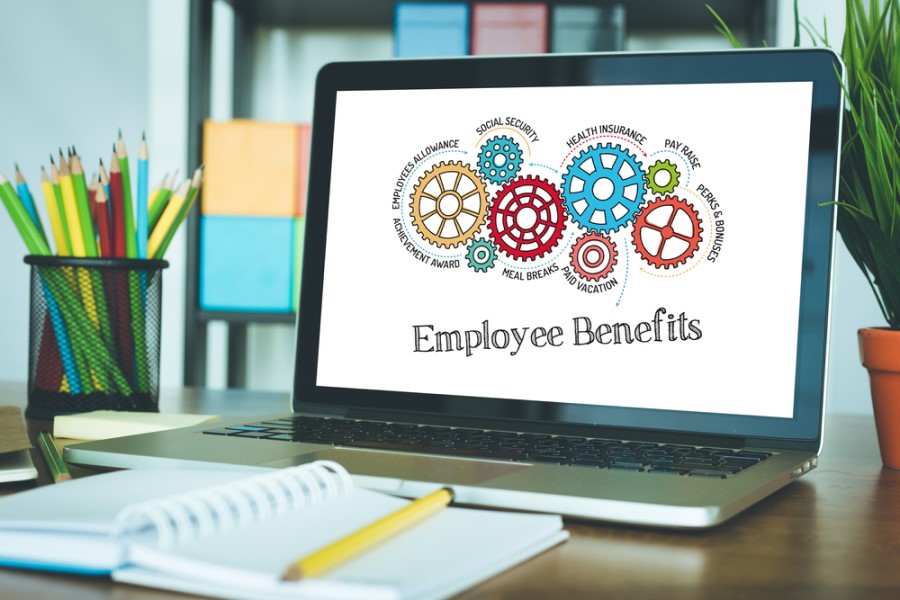How to implement an effective digital benefits plan without blowing the budget

Well aware of their worth in a buoyant job market, employees continuously look for opportunities to increase their total rewards. The more flexibility a benefits package offers, the more likely it is to appeal to a multigenerational workforce with a diverse lifestyle wish list. Under these circumstances, flexible or voluntary benefits can ultimately give employers an edge over their rivals.
Ditch the misconceptions
Some employers forgo the potential advantages of flexible or voluntary benefits because of misconceptions. It’s not uncommon, for example, to assume these options are too complicated for often overstretched HR teams to administer. In fairness, there’s some merit to this argument – but only if benefits are offered through multiple systems that are not integrated, or unable to able to talk to existing HR systems. Payroll often comes to mind.
A streamlined process for providing benefits avoids a chaotic experience for frustrated employees. When they don’t have to work hard to understand, access and choose their benefits – they’re far more likely to use and appreciate them. Benefiting from benefits can then become the workforce motivator that it should be. With the right digital plan, employers are in a better position to make good on promises to employees whilst delivering cost-effectively on organisational wellbeing objectives.
Plan, personalise and communicate
The key is to adopt a personalised approach to the digital plan. Consider what outcomes the organisation truly needs and the benefits employees actually want.
Off-the-shelf tools do have their place – even on a smaller budget – if personalisation is a feature. When competing for talent, smaller employers may not be able to match or outbid their larger opponents on salary. But meeting or even exceeding their level of flexible or voluntary benefits can even the playing field.
Three steps to implementing an effective digital benefits plan
Step 1 – plan and analyse
- Start with sector-specific benchmarking against competitors – evaluate their total reward packages to identify opportunities to create an advantage.
- Find out what employees want most from a benefits programme – engage them through surveys, focus groups or benefits champions.
Both exercises can be performed in-house with little or no budget, and will inform a solid starting point for the digital strategy.
Step 2 — select the digital platform supplier
- Audit the technical credentials of the shortlisted platforms – understand what each system does, its ability to integrate with current HR systems, the scope of customisation and the expected employee experience.
- Choose a supplier that can understand the business and its future needs – look for a long-term partner that can deliver on a future-proof plan.
Employers should trust their gut when it comes to suppliers, because they need to be comfortable with the same partner in three, five and 10 years.
Step 3 — communicate, implement and review
Begin to launch supporting employee communications before implementing the new benefits system – promote key features and emphasise the value they bring to individuals.
- Get an implementation roadmap from the supplier – confirm that it includes a robust planning methodology.
- Review the benefits and the platform regularly – identify the benefits that are underutilised or adding value, and whether they continue to fit with cultural values
Allow an average of 3-6 months from initial employee engagement to implementation, and keep in mind that this is a long-term strategy, not a quick fix.
The author is Emily Gillmore, flex and online director, employee benefits at Gallagher
This article is provided by Gallagher
In partnership with Gallagher
Consultancy services including organisational wellbeing, culture change and internal communications.







